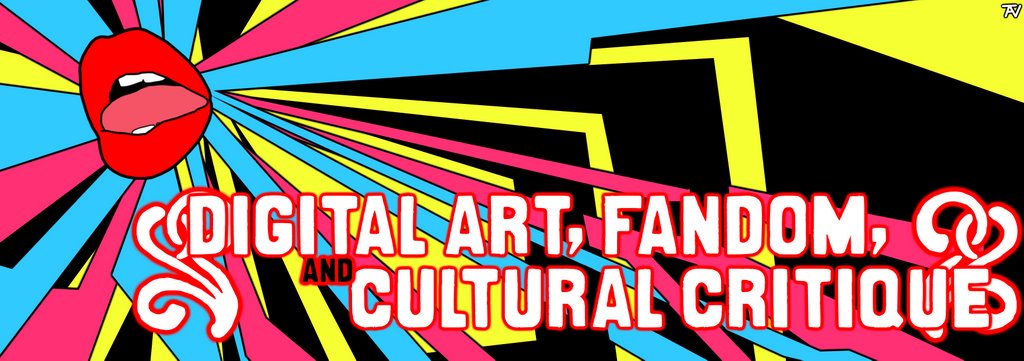
Digital art, at its most basic, ‘refers to the use of digital technology, such as computers, to reproduce or exhibit art forms, whether written, visual or aural – or, as is increasingly the case, in multimedia hybrid forms’ (Bell, 59). Alternatively, Beryl Graham defines digital art as ‘art made with, and for, digital media, including the Internet, digital imaging, or computer-controlled installations’ (Graham, 93).
But such definitions are insufficient in this context: they are too broad to definitively focus the breadth of this essay. But this is perhaps unavoidable: digital art extends itself over several media and categories, using digital technology as tool and/or medium, or reflecting digital themes (Graham, 99), and to seek a comprehensive definition of digital art would be to limit it in its myriad possibilities. Instead, it may be more appropriate to identify the particular microcosm of digital art to be discussed, and seek a practical definition for the aspect of digital art to be analysed.
Fan art can be said to be artistic creations derived from a fan’s experience with a selective media. Fans may ‘[write] new stories, [compose] songs, [make] videos, [and paint] pictures’ to construct fan art (Jenkins, 210). Due to the focus on particular media, fan art creates a ‘particular Art World’, an established network of cooperative links ‘between institutions of artistic production, distribution, consumption, interpretation and evaluation’, thereby producing artworks and assigning them aesthetic value essentially within a world of its own (Jenkins, 210).
But such definitions are insufficient in this context: they are too broad to definitively focus the breadth of this essay. But this is perhaps unavoidable: digital art extends itself over several media and categories, using digital technology as tool and/or medium, or reflecting digital themes (Graham, 99), and to seek a comprehensive definition of digital art would be to limit it in its myriad possibilities. Instead, it may be more appropriate to identify the particular microcosm of digital art to be discussed, and seek a practical definition for the aspect of digital art to be analysed.
Fan art can be said to be artistic creations derived from a fan’s experience with a selective media. Fans may ‘[write] new stories, [compose] songs, [make] videos, [and paint] pictures’ to construct fan art (Jenkins, 210). Due to the focus on particular media, fan art creates a ‘particular Art World’, an established network of cooperative links ‘between institutions of artistic production, distribution, consumption, interpretation and evaluation’, thereby producing artworks and assigning them aesthetic value essentially within a world of its own (Jenkins, 210).


No comments:
Post a Comment